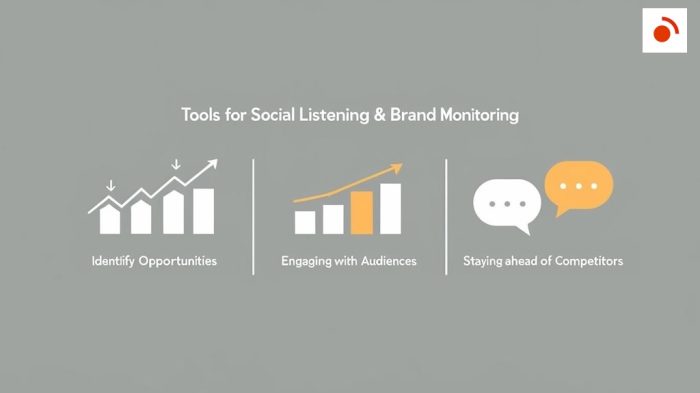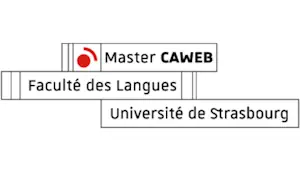Tools for social listening and brand monitoring

“When you’re considering purchasing something, what do you refer to? “
Many people look at product reviews or check word-of-mouth on social media. In recent years, as social media has become mainstream, user feedback has gained significant influence over products, making it a crucial metric from a marketing perspective.
So, what kind of marketing should we undertake for our customers? This is where social listening and brand monitoring come into play.
What is Social Listening?
Social listening is a method of collecting and analyzing information disseminated on social media to enhance your company’s marketing and branding efforts.
Traditionally, gathering consumer opinions was possible through qualitative surveys and focus group interviews. However, with the rise of platforms like X (formerly Twitter) and Facebook in the early 2010s, the need to collect and analyze customer feedback in real-time has increased.
This method proves useful in addressing that need.
Insights Gained from Social Listening
By analyzing the vast amount of data shared on social media and online platforms, social listening provides guidance for making more accurate decisions in product development and marketing strategies.
Examples include:
- Consumer and industry trends
- Customer reputations and reviews
- Brand image
- Identification of potential risks
- Responses to advertisements and promotional activities
Utilizing these insights allows you to capture user voices and incorporate them into your marketing strategies.
What is Brand Monitoring?
Brand monitoring is the process of tracking and analyzing how your brand or products are mentioned online.
While brand monitoring can be considered a component of social listening, it specifically focuses on collecting information related to particular brands or products.
Brand monitoring can also be used to enhance brand image through activities such as:
- Actively sharing positive customer feedback
- Communicating the brand’s story
- Clarifying the brand’s values
By doing so, you can increase customer satisfaction and achieve sustainable growth.
How to conduct social listening?
Understanding the specific procedures can deepen your comprehension of social listening.
1. Clarify Objectives
To conduct effective research, it’s essential to define your objectives. Given the vast amount of data available through social listening, failing to focus on specific targets may lead to unmanageable outcomes.
2. Select Research Targets
Once your objectives are clear, choose research targets that align with them. Specifically, determine the types of social media and accounts to be analyzed. Selecting inappropriate targets may result in insufficient or unreliable data.
3. Choose Tools
After deciding on objectives and targets, select appropriate social listening tools. Each tool has its strengths and supports different social media platforms. Choose the tool that best fits your objectives and targets.
4. Select Keywords and Collect Data
Before collecting data, select relevant keywords, as they significantly impact the quality of data gathered.
Examples of keywords include:
- Company name
- Product or service names
- Product category names
- Competitor names
Once keywords are determined, use the chosen tools to collect data.
5. Analyze Data
After collecting sufficient data, proceed with analysis.
For example:
- Trends in the number of posts
- Positive/negative sentiment analysis
- Reach metrics
- Influential accounts
- User demographics
- Posts with high engagement
6. Apply Insights to Business Activities
Utilize the analyzed data in your business activities. Simply noting that “there were various opinions” isn’t sufficient.
Analyze reactions to products and promotions, and reflect findings in areas such as:
- Product improvements
- New product development
- Pricing strategies
- Advertising strategy revisions
Conclusion
Social listening is a means to incorporate “authentic user voices” into business activities. When implementing social listening, consider adopting paid tools to efficiently collect and analyze data. When selecting tools, choose services that align with your social listening objectives, such as discovering customer insights or managing risks.
While the CAWEB program doesn’t directly teach social listening, you can take marketing classes like SEO and Content Marketing. We always welcome those interested!
Written by Hiromu Tsuruta






